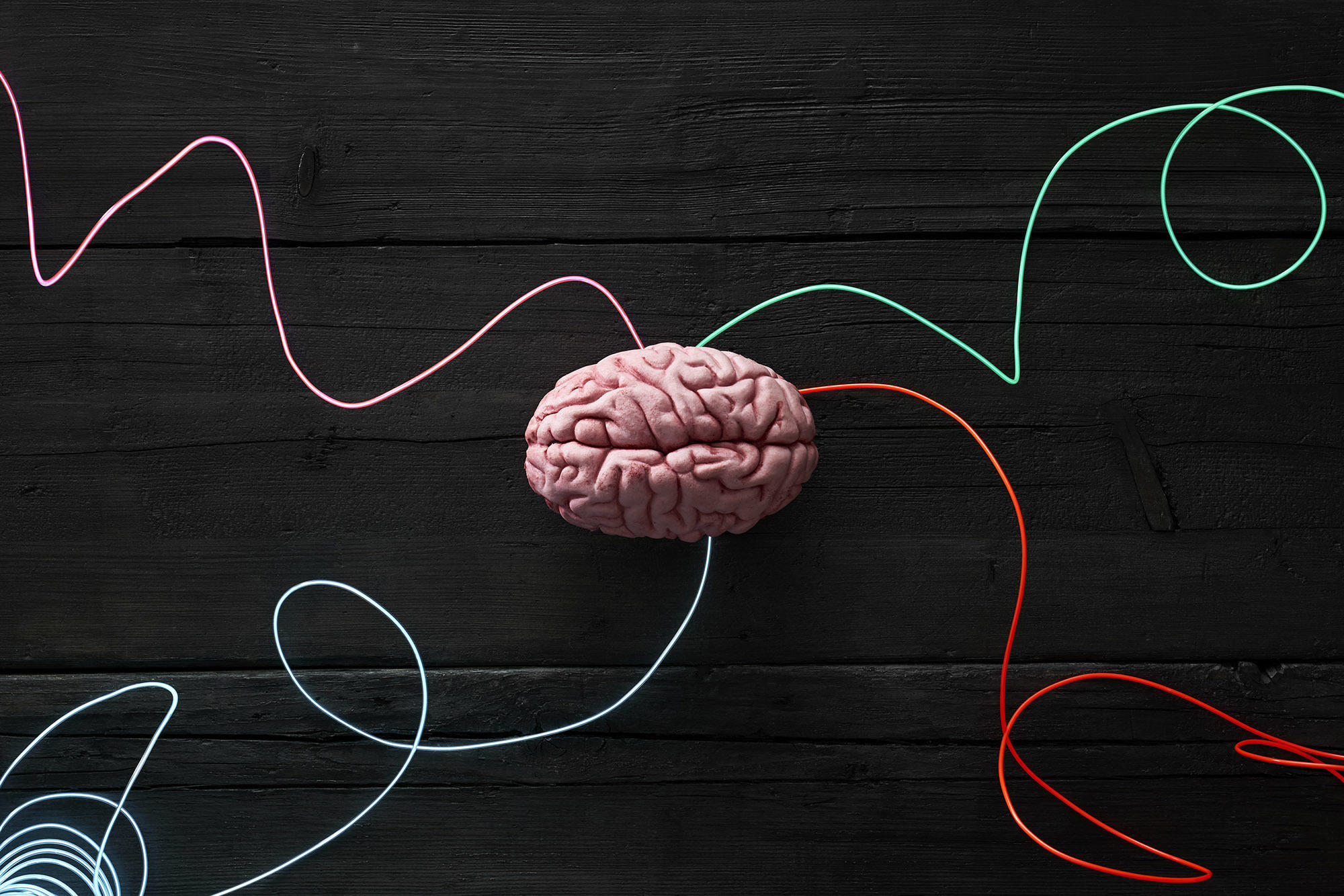Combining H-FABP and GFAP increases the capacity to differentiate between CT-positive and CT-negative patients with mild traumatic brain injury. PLoS ONE, 2019
Lagerstedt L, Egea-Guerrero JJ, Bustamante A, Rodríguez-Rodríguez A, El Rahal A, Quintana-Diaz M, et al. (2018) Combining H-FABP and GFAP increases the capacity to differentiate between CT-positive and CT-negative patients with mild traumatic brain injury. PLoS ONE 13(7): e0200394.
https://doi.org/10.1371/journal.pone.0200394
Abstract:
Mild traumatic brain injury (mTBI) patients may have trauma-induced brain lesions detectable using CT scans. However, most patients will be CT-negative. There is thus a need for an additional tool to detect patients at risk. Single blood biomarkers, such as S100B and GFAP, have been widely studied in mTBI patients, but to date, none seems to perform well enough. In many different diseases, combining several biomarkers into panels has become increasingly interesting for diagnoses and to enhance classification performance.
The present study evaluated 13 proteins individually—H-FABP, MMP-1, MMP-3, MMP-9, VCAM, ICAM, SAA, CRP, GSTP, NKDA, PRDX1, DJ-1 and IL-10—for their capacity to differentiate between patients with and without a brain lesion according to CT results. The best performing proteins were then compared and combined with the S100B and GFAP proteins into a CT-scan triage panel. Patients diagnosed with mTBI, with a Glasgow Coma Scale score of 15 and one additional clinical symptom were enrolled at three different European sites. A blood sample was collected at hospital admission, and a CT scan was performed. Patients were divided into two two-centre cohorts and further dichotomised into CT-positive and CT-negative groups for statistical analysis. Single markers and panels were evaluated using Cohort 1.
Four proteins—H-FABP, IL-10, S100B and GFAP—showed significantly higher levels in CT-positive patients. The best-performing biomarker was H-FABP, with a specificity of 32% (95% CI 23–40) and sensitivity reaching 100%. The best-performing two-marker panel for Cohort 1, subsequently validated in Cohort 2, was a combination of H-FABP and GFAP, enhancing specificity to 46% (95% CI 36–55). When adding IL-10 to this panel, specificity reached 52% (95% CI 43–61) with 100% sensitivity.
These results showed that proteins combined into panels could be used to efficiently classify CT-positive and CT-negative mTBI patients.











